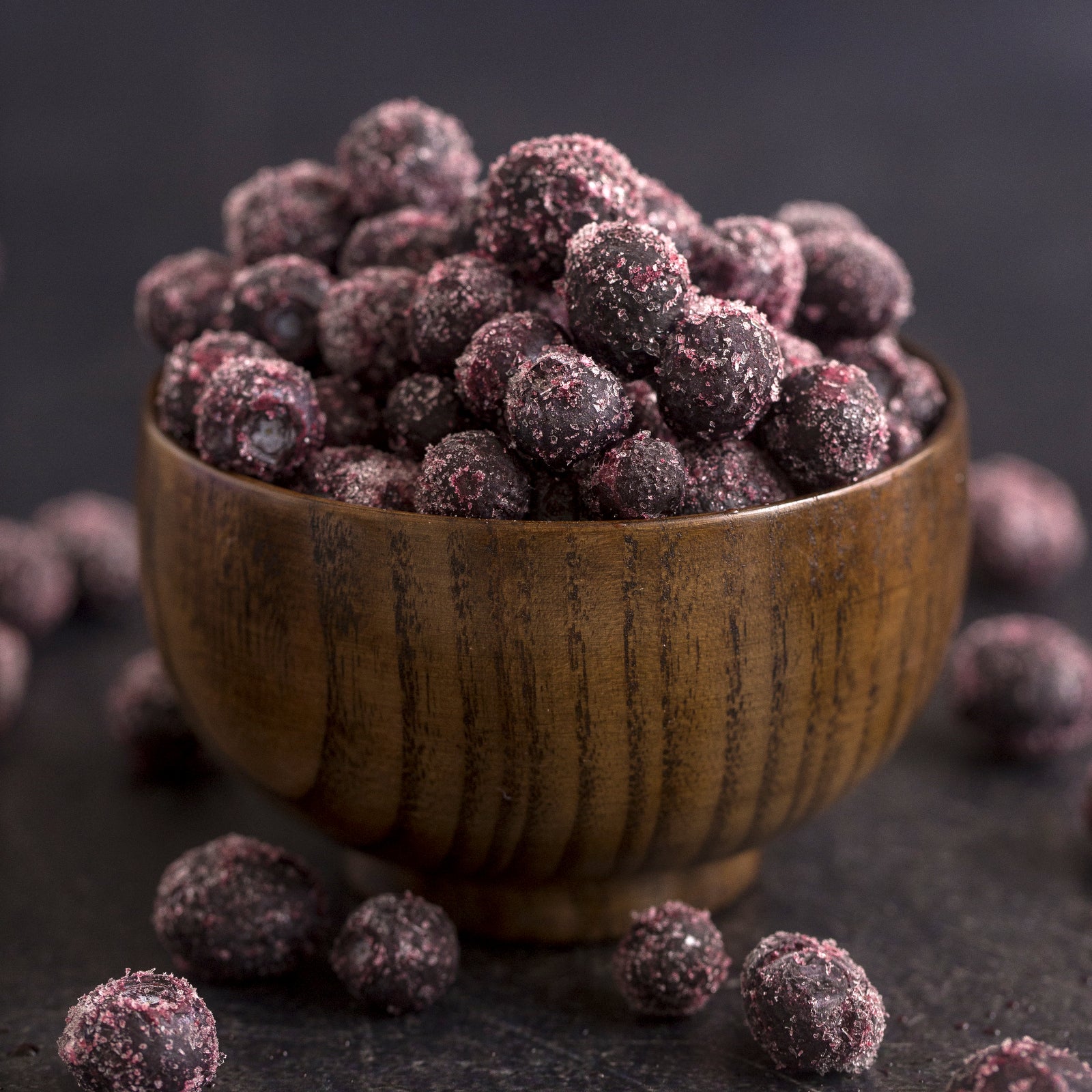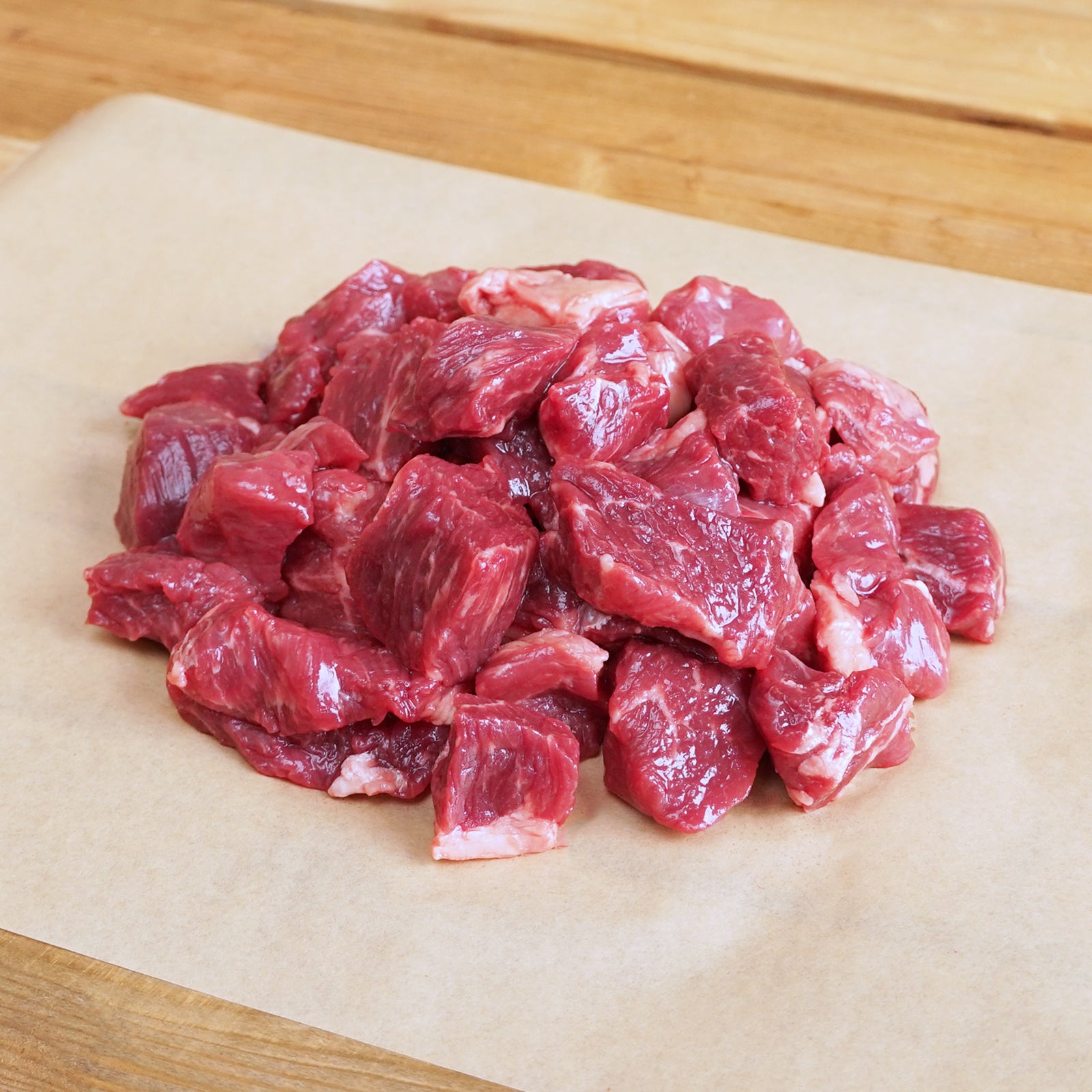Welcome to the art of cooking the finest grass-fed beef steaks, exclusively curated by Horizon Farms. Follow these simple yet crucial steps to elevate your culinary experience, ensuring the optimal taste, tenderness, and juiciness of our premium grass-fed beef cuts.
Step 1: Gentle Thawing for Maximum Flavor
Begin by thawing your steaks slowly, avoiding the microwave or hot water. Rapid thawing can compromise the quality of the meat. Opt for a gentle overnight thaw in the refrigerator to minimize cell damage and preserve the steak's integrity.

Step 2: Unveiling Freshness with Vacuum Packing
Our individually vacuum-packed steaks guarantee freshness and extended flavor preservation. Once defrosted, open the package to reveal the vivid color and fresh appearance as the meat interacts with oxygen.
Step 3: The Crucial Drying Process
Before cooking, pat the surface of the meat dry with kitchen paper. Removing excess moisture is key to preventing steaming during cooking, ensuring a perfect sear, and maintaining the desired texture and color.

Step 4: Seasoning Excellence
Embrace simplicity in seasoning. Our high-quality grass-fed beef requires nothing more than quality olive oil, sea salt, and freshly ground black pepper. Let the natural flavors shine without unnecessary additives.
Step 5: Embrace Room Temperature
Allow the steak to reach a temperature of 15-20°C (59-68°F) for 20-30 minutes before cooking. This ensures even cooking and prevents the meat from being too cold, promoting a perfect sear.

Step 6: Searing Perfection
Preheat the frying pan, adding olive oil to achieve the perfect sear. Avoid extreme heat, as our goal is to sear the outside quickly, not cook the meat too fast. For a striploin or rump steak, like in this example, cook the fat side first to render the fat, infusing extra flavor.

Step 7: Turn and Sear Equally
Use tongs to turn and sear all sides evenly, ensuring a beautiful crust. Properly position the steak or meat with tongs for even cooking.

Step 8: Optimal Doneness - Medium Rare Magic
For grass-fed beef, we recommend medium-rare for the best tenderness, juiciness, and flavor development. Cook until the internal temperature reaches 53°C (127°F). The cooking time depends on the cut of the meat, the size, thickness, and the quality and can range between 5 - 15 minutes. For best results use a cooking thermometer to check on the internal temperature while cooking. Remember, there's no health risk with medium-rare beef as long as the surface is cooked.

Step 9: Resting Ritual
Move the steak onto a cutting board, wrap it in aluminum foil, and let it rest for 5 minutes. This allows the juices to redistribute throughout the meat, ensuring a succulent and flavorful experience.

Step 10: Savoring the Culmination
Maximize your enjoyment by consuming the steak promptly after the resting phase when it's at its peak in terms of flavor, texture, and juiciness. When it comes to grass-fed beef, thin slicing enhances the overall experience.
*Note: The red juice is not blood but a mixture of water and myoglobin, enhancing the steak's richness. Don’t worry about it.


In Conclusion
Cooking the perfect steak is as simple as these 10 steps. However, cooking a quality steak requires sourcing the right beef.
Here at Horizon Farms, we offer a wide range of grass-fed beef steak products that are safe, secure, and of premium quality. All grass-fed beef we offer is sourced from cattle that are raised free-range without the use of growth-promoting hormones or preventative antibiotics. Absolutely no nasties.
The particular steak we used in this article is the grass-fed beef rump steak, but we also offer other options such as our grass-fed beef striploin, grass-fed beef ribeye, and grass-fed beef tenderloin (filet) steak.
In addition, we have a wide variety of other grass-fed beef products, as well as salts and black pepper that are the perfect companion for steaks.
Enjoy the excellence of Horizon Farms' quality beef!
 |
About the author: Sam Tumeh (Founder & CEO of Horizon Farms, Inc.) has joined the consumer food and meat industry of Japan in 2010. |






















